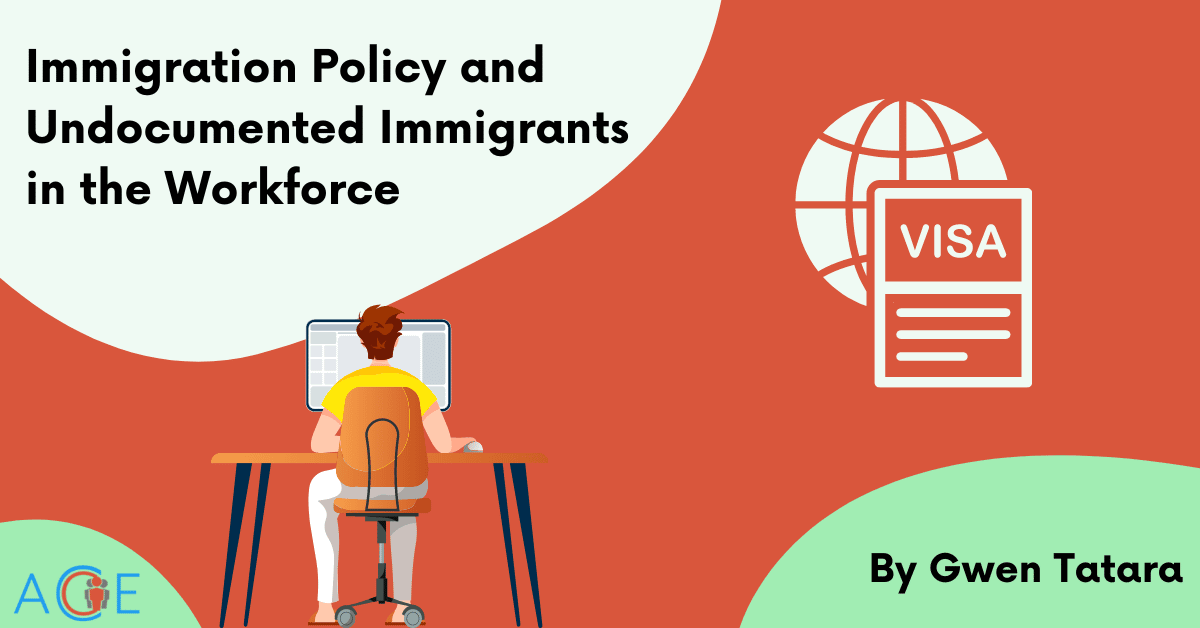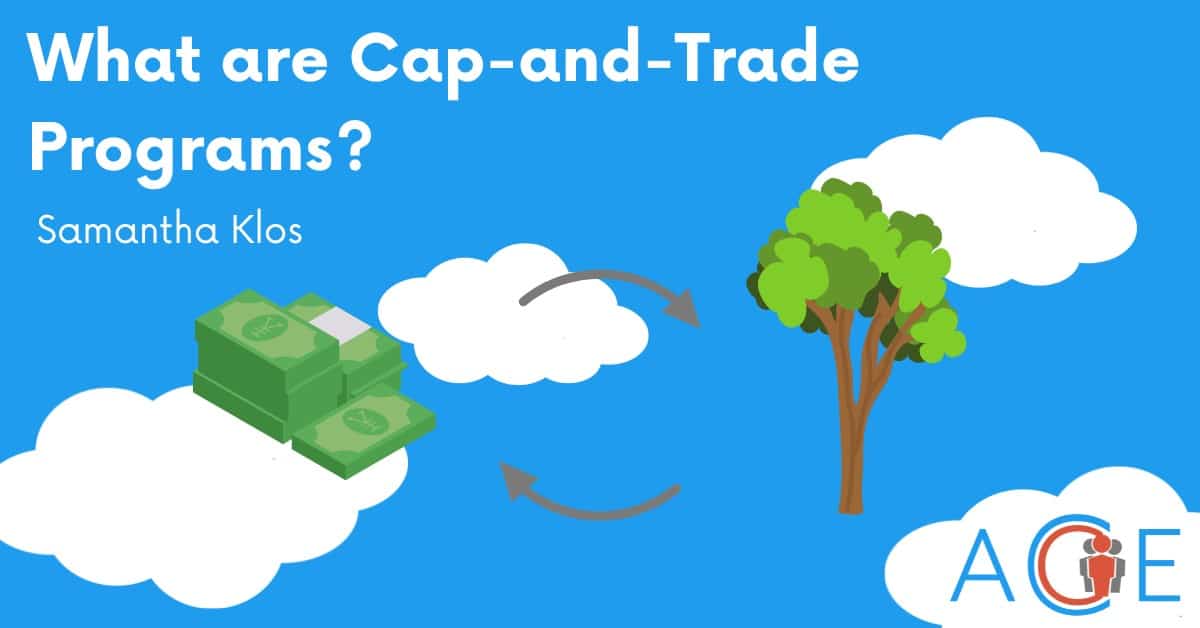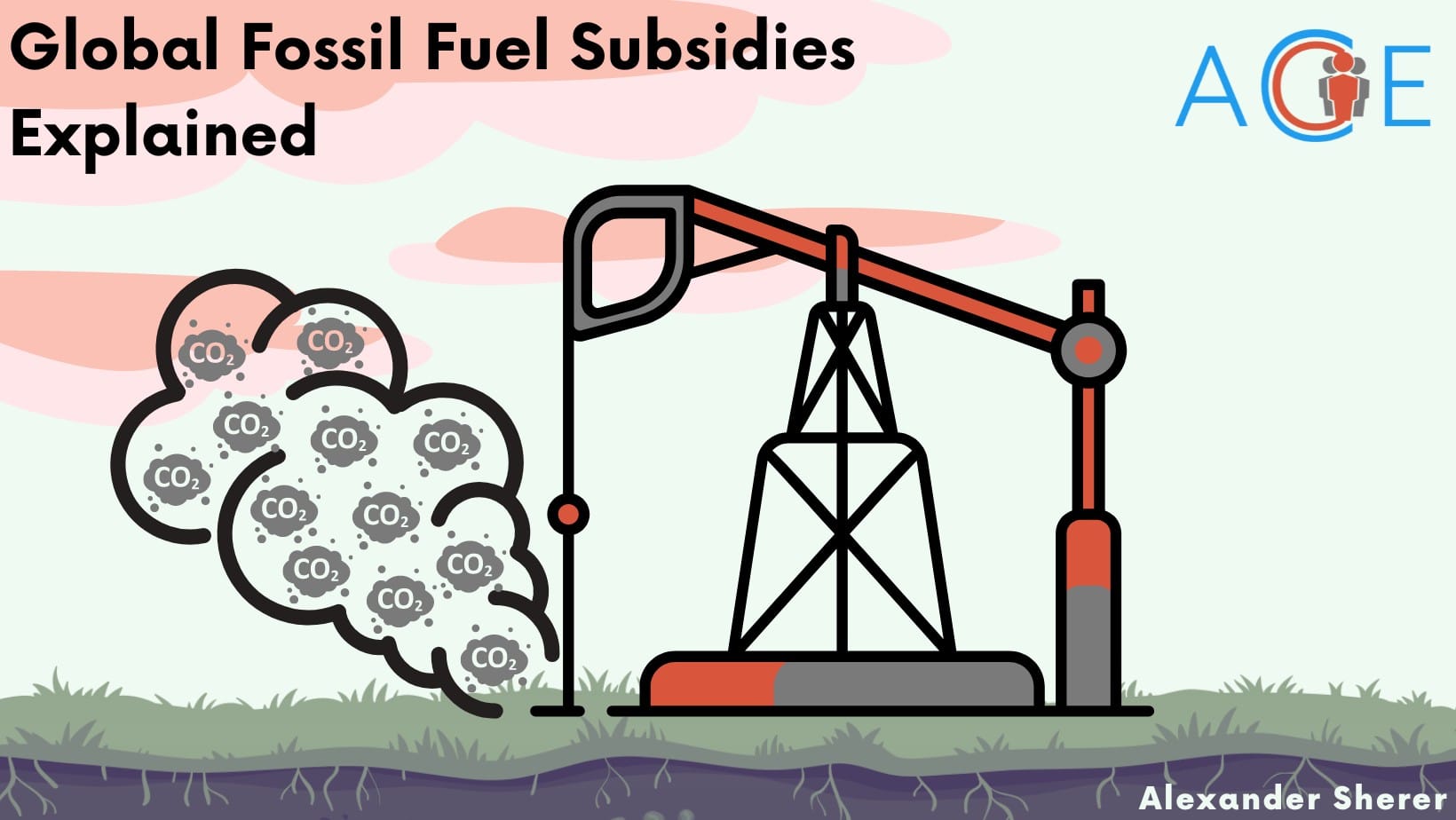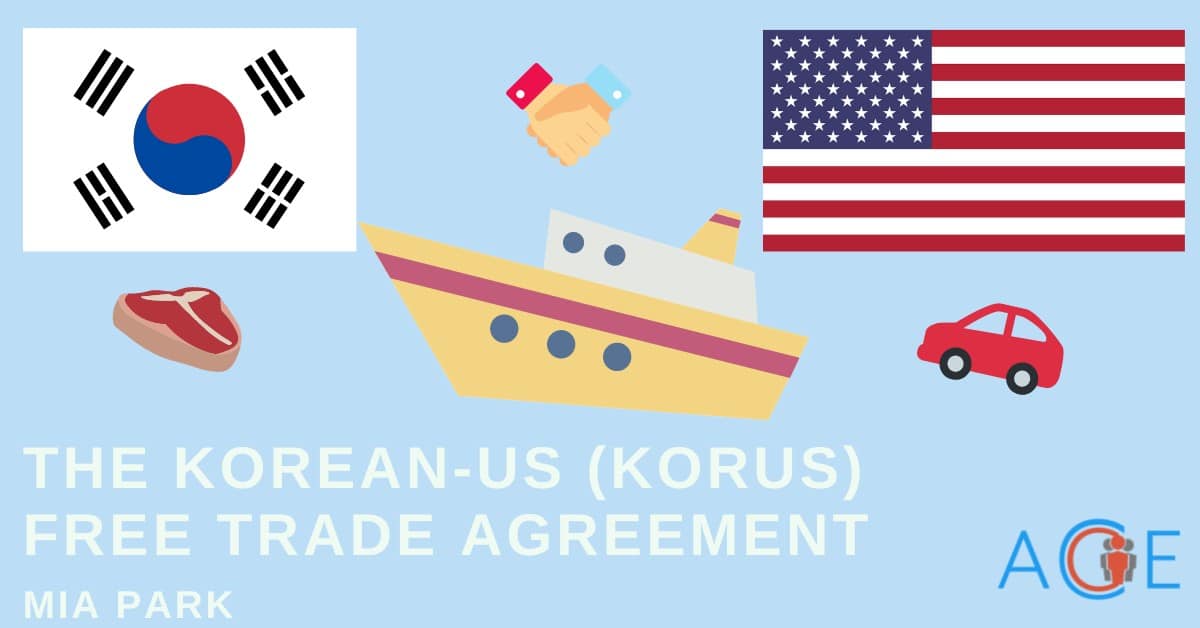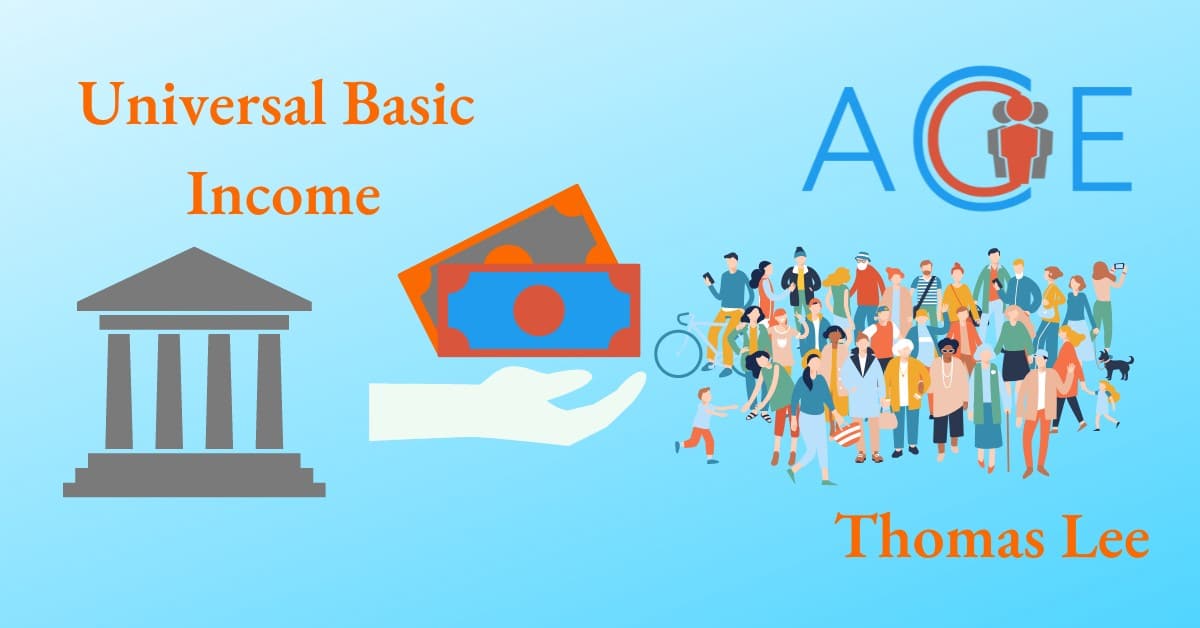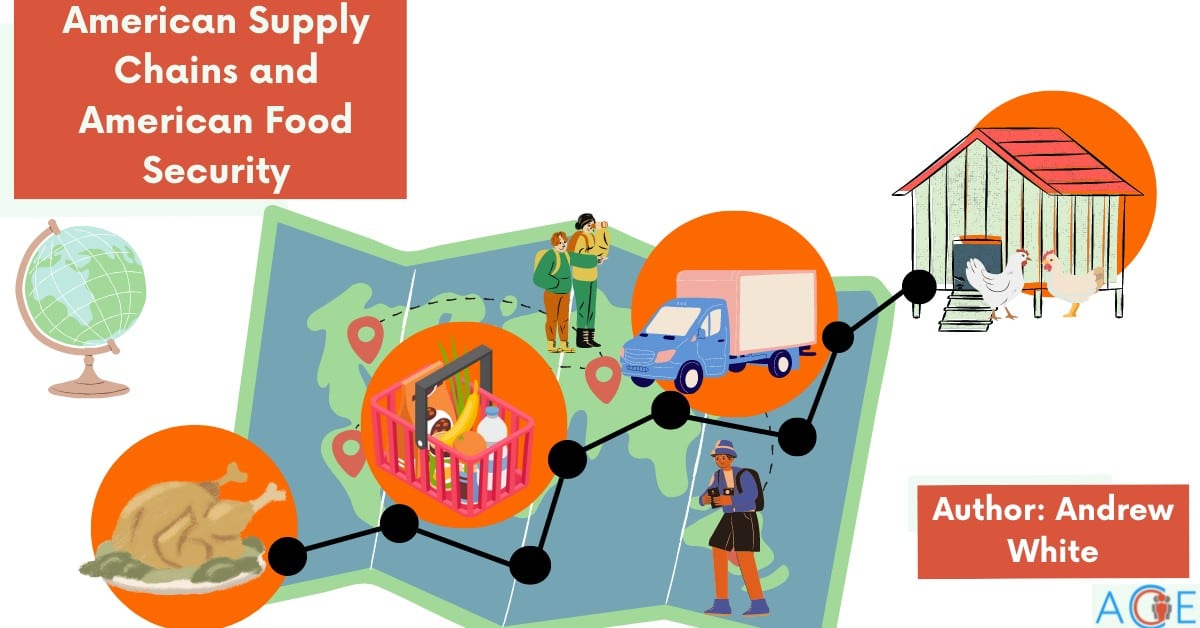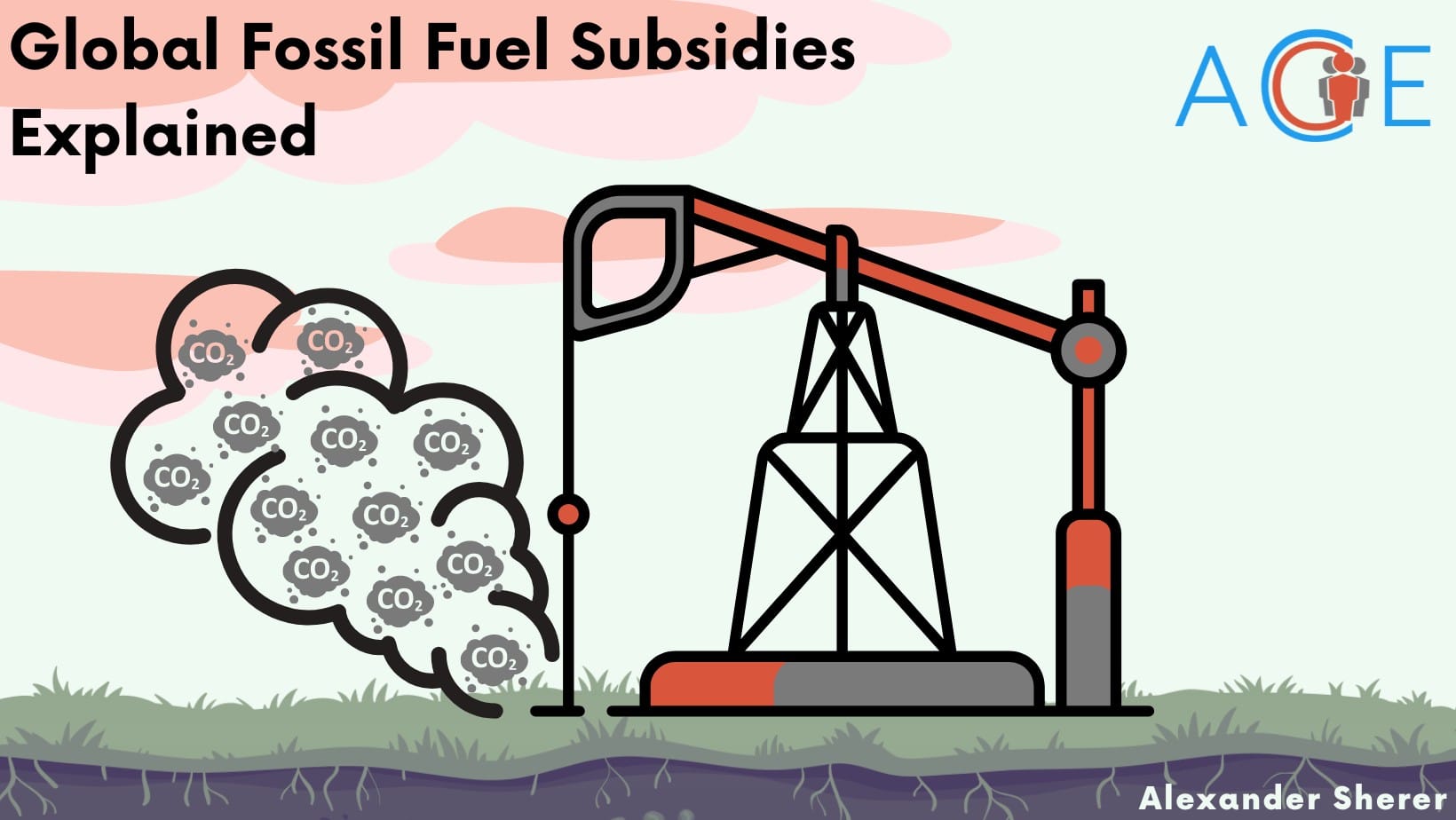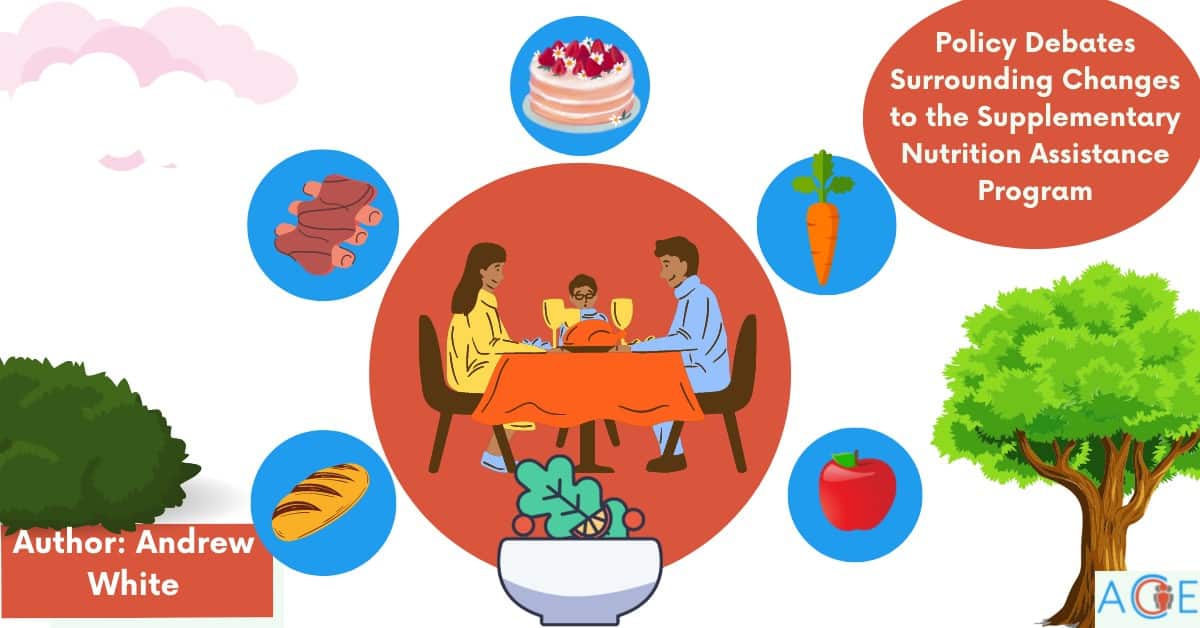American immigration policy largely reflects the historical context and cultural beliefs, and immigrants are often politicized through their impact on the American workplace. Whether this is touting the benefits of immigrants as an innovative and necessary group, or warning that undocumented immigrants pose a threat to native workers, the fiscal repercussions of migration patterns are a central talking point on either side of the political spectrum. In an attempt to reconcile these views while addressing the questions surrounding unauthorized workers, President Reagan signed into law the Immigration Reform and Control Act in 1986 and left a complicated legacy that still instructs the federal response to undocumented labor.
The Immigration Reform and Control Act
In an attempt to reduce the demand for undocumented labor (and, in turn, reduce the number of unauthorized workers migrating to the U.S.), the IRCA prohibits employers from knowingly hiring, recruiting, or referring for a fee any alien who is unauthorized to work in the U.S. The offense is punishable by fees ranging from $100-1,000 per worker, or criminal liability with the possibility of imprisonment. In addition to the bill’s outlined punishments for employers, the IRCA also granted amnesty to unauthorized residents currently living in the U.S., which led to the citizenship of approximately 3 million formerly undocumented immigrants.
The Legacy of the IRCA
At the time of the act’s passage, many pointed out that the IRCA’s potential punishments for employers might lead them to discriminate against foreign workers regardless of their legal status as citizens. In fact, a study by Urban Institute in the years following the IRCA’s passage found that Latinx applicants were three times more likely than their white counterparts to encounter unfavorable treatment when applying for a job. In a similar study done by the General Accounting Office, 5% of employers responded that their interpretation of the IRCA had led them to turn away applicants because of a “foreign appearance or accent” and 14% of employers responded that they had begun a practice of not hiring those with temporary work eligibility. To address these issues and other inadequacies created by the IRCA, the 1990 Immigration Act was passed to reform legal immigration by instating a citizenship preference system that favored skilled workers.
Arguments in favor of more regulation of unauthorized immigrants in the workplace
Many argue that measures such as the IRCA are necessary to ensure citizens can find a job and receive fair wages. Proponents of this idea say that an influx of migrant workers means a higher labor supply for a fixed demand, forcing down wages in the long run. Politicians like former Presidents Reagan and Trump have pointed to the disproportional impact migrant labor has on low-skilled workers and Latinx and African American workers in the United States. According to census data, immigrants entering the U.S. in the past 20 years have increased the number of low-skilled workers (defined here as workers without a high school diploma) by about a quarter. As a result, the annual earnings of this group have dropped between $800-1500. Legislation such as the IRCA is also meant to control the numbers of seasonal workers who often come to the U.S. temporarily in search of work, as many argue that these workers are unauthorized and therefore exempt from tax burdens of legal citizens while utilizing public services. A study by the Center for Immigration Studies found that in 2014, 63% of households headed by a non-citizen used at least one welfare program compared to 35% of native-headed households. Statistics like these are often used to support measures to ensure companies comply with workplace standards regarding workers’ citizenship. Some worry that continuing to employ unauthorized migrants will increase the undocumented population in the U.S.
Arguments against more regulation of unauthorized immigrants in the workplace
On the other hand, many argue that immigrants, regardless of their legal status, can be valuable additions to the cultural makeup of the U.S. and our economy. One argument is that immigrants, particularly undocumented immigrants, often work in industries with labor needs not fulfilled by U.S. citizens. A 2020 report released by the Center for American Progress found that an estimated 7 million undocumented immigrants are contributing to the American workforce. Undocumented workers make up 13% of the construction industry, and approximately a quarter of workers in the forestry, fishing, and farming occupations. Beyond the undocumented immigrant presence in these industries, many argue that laws such as the IRCA make it harder for immigrants to feasibly find work and gain even temporary visas, which will diminish the total immigrant population in the long run. As it currently stands, employers must file an application with both the USCIS and DOL for their employees to begin the green card process. Some believe these processes keep many from even the opportunity of gaining citizenship and may facilitate economic loss, as they point out the entrepreneurial opportunities many immigrants have found in the U.S. According to the Brookings Institute, immigrants make up 15% of the general U.S. workforce. Yet, they are approximately 25% of the entrepreneurs and investors in the U.S.
Conclusion
Despite its passage nearly 40 years ago, the IRCA is still largely indicative of the rhetoric surrounding immigrants as economic actors and speaks to the political compromises necessary to pass sweeping immigration reform. While the demographics and scope of U.S. immigration have rapidly shifted over the past few decades, bipartisan gridlock has made immigration reform nearly impossible, as a center anchored around the American business community largely does not exist today.
